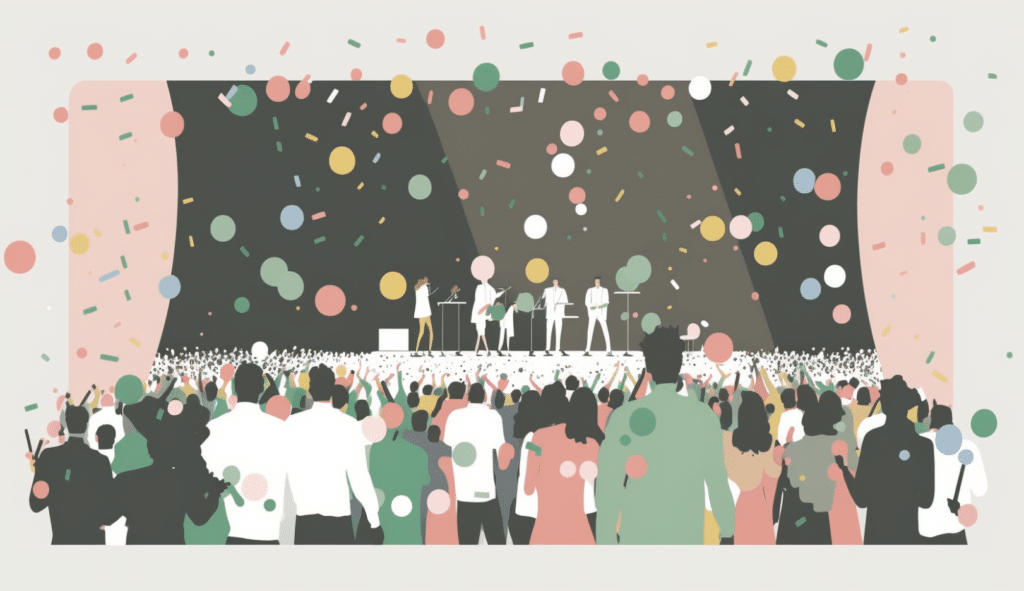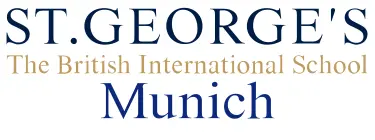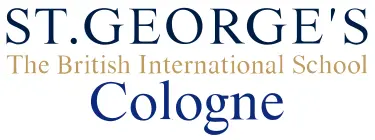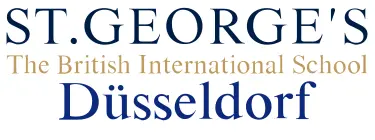Festivals are a year-round way of life in Germany. The people don’t even take time out for winter months. There are outdoor markets at Christmas time, and they only have to set up a ladder once after Christmas, using it both to take down the greenery and hang the colored streamers for the Carnival season.
Carnival, or Fasching, takes place in January and February, mainly in Southern Germany and features street fairs, parades and all sorts of balls and other indoor events, usually including high jinx and costumes. The Rhineland is Germany’s “Carnival capital,” and the biggest and best parades, all on the Monday before Shrove Tuesday, are in Koblenz, Cologne, Mainz, Bonn and Düsseldorf. There is also plenty of activity in Munich and elsewhere in the south. The ceremonies take on a weird, almost pagan character in the Black Forest . The festivities reach their climax in the five days before Shrove Tuesday.
Carnival was supposed to be the last fling before the grim days of Lent, a period during which one wouldn’t expect to see many festivals. Nevertheless, there is the “strong beer season” in Munich, with bands and merrymaking in all the beer halls. It grew out of a Lenten practice. The consumption of meat was verboten, so they came up with a typically Bavarian solution: strong, nutritious beer.
The next big dates on the festival calendar are Easter and Pentecost. Ceremonies are especially elaborate in Eastern Bavaria, with huge processions of ornately decked out horses, bands, flag bearers and cross-bearers. The best ones are at Fürth im Wald (Easter weekend), Bogen and Sankt Englmar (both Pentecost weekend). There are other elaborate Pentecost weekend festivals in the medieval towns of Rothenburg (the Meistertrunk) and Schwäbisch Hall, and even Frankfurt has a big festival in the woods on that weekend.
Towns in the Harz Mountains stage spooky, Halloween-like rituals on Walpurgis Night, April 30. Ghosts, witches and devils do macabre dances. The best one is probably at Bad Grund.
There are four “Rhine in Flames” spectacles in the spring and summer with fireworks, Bengal lights along the bank, floodlighting of the picturesque sights and a fleet of illuminated Rhine boats out in the water. They take place around Bingen (July), Koblenz (August) and St. Goar and Oberwesel (September).
The celebrated Pied Piper plays take place at Hameln each Sunday at noon, May through mid-September. The children of the town first play the rats, then themselves as they are piped away to parts unknown.
The storybook towns along the Romantic Road use their medieval buildings several times in the summer as backdrops for the re-enactment of supposed events from their history. Dinkelsbühl performs its “Kinderzeche,” in July, depicting the children of the town successfully pleading with an invading commander to spare their homes. The Rothenburg “Meistertrunk,” performed several times during the tourist season, has the mayor downing a gallon of wine in one draught. He did it on a wager from the invading commander, who promised not to sack the town if he was able to perform this feat.
Fürth im Wald holds its spectacular “Dragon Spearing” in August. A very convincing looking dragon emerges from the forest and stalks the streets, belching real fire, roaring, rolling its eyes and snapping its jaws, only to shed convincing looking blood as it is slain by the gallant knight, Udo.
The Richard Wagner Festival in August at the celebrated composer’s home town of Bayreuth is probably the most celebrated of Germany’s music festivals, most of which are held in the summer.
The big events of late summer and fall are the wine festivals, which take place throughout the wine growing regions. There are hundreds of them, with tents for sampling the local wine, dancing, a parade led by the reigning wine queen, fireworks and culinary events at local restaurants. They are held mainly in the valleys of the Rhine River and three of its tributaries, the Mosel, Main and Neckar, plus the Pfalz. The biggest and best known of them is the “Sausage Market” at Bad Dürkheim in September
The Munich Oktoberfest in September and October is probably Europe’s biggest festival in terms of attendance. There is jolly band music and merry crowds in the vast, elaborately decorated beer halls. The fare, in addition to liter mugs of beer, includes roasted oxen, roasted chicken, roasted venison, pigs’ knuckles, sausages by the ton and big white radishes cut in fancy forms. Outside, the crowds mingle at the Ferris wheels, bumper cars, spooky houses, merry-go-rounds and food stands.
Because of the size and popularity of the Oktoberfest, it’s important to get hotel reservations early. If you are making reservations a bit late you can use the popular and efficient trivago website. You’ll be able to search for a hotel in Munich here and find the best deals and prices during the Oktoberfest.
The festival year winds up with the Christmas Markets, which are outdoor festivals of light with choral and trumpet music, gifts for sale, hot wine and excited children. They take place in just about every German city. Nürnberg’s is the most famous.


























